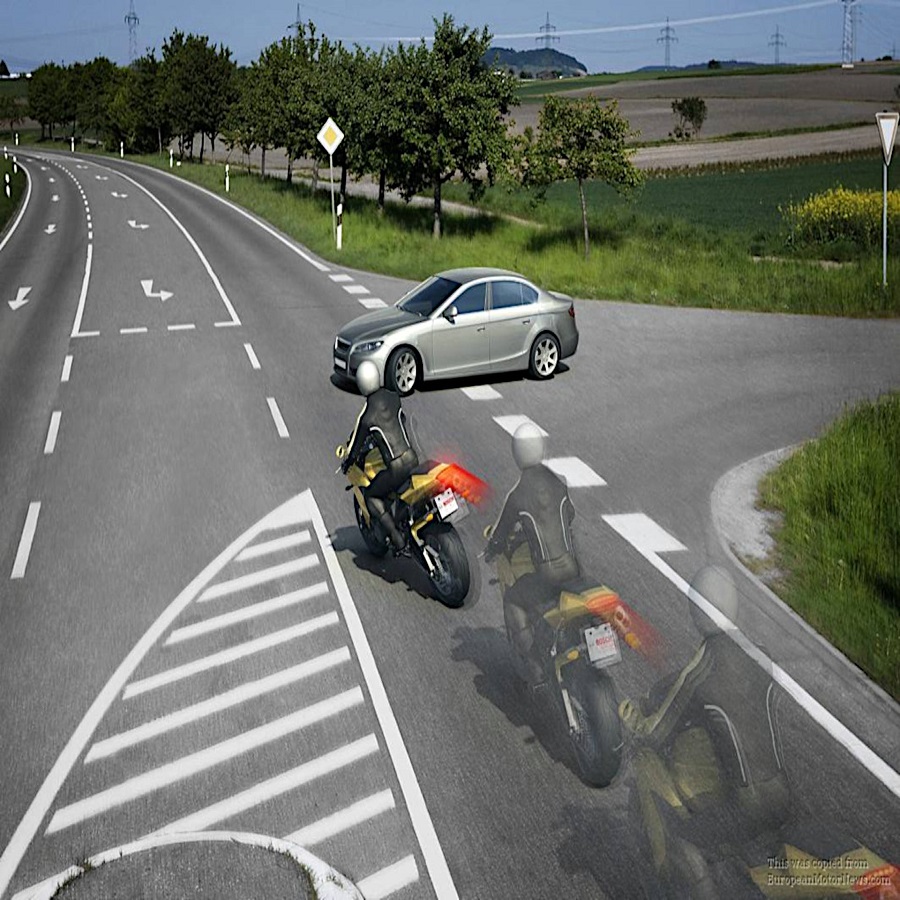Introduction
Motorcycle abs riding is an exhilarating experience that offers a sense of freedom and adventure unmatched by many other forms of transportation. However, with this thrill comes inherent risks, as motorcycles are more vulnerable to accidents than cars due to their smaller size, less stability, and reduced visibility on the road. One technology that has significantly contributed to enhancing riding safety in recent years is Anti-Lock Braking Systems (ABS) for motorcycles. This advanced safety feature works to prevent wheel lock-up during emergency braking situations, thereby maintaining traction and allowing riders to maintain control of their bikes.
Understanding ABS
Anti-Lock Braking Systems were first introduced in automobiles in the 1970s and have since become a standard safety feature in many vehicles worldwide. The technology was later adapted for motorcycles, addressing the unique challenges faced by two-wheelers. ABS operates by using sensors to monitor the speed of each wheel. When these sensors detect that a wheel is about to lock up during hard braking, the system momentarily releases and reapplies brake pressure, effectively pulsing the brakes. This prevents the tire from skidding, ensuring that it maintains contact with the road surface, thus retaining steering control and reducing stopping distances.
Benefits of Motorcycle ABS
1. Reduced Stopping Distance
One of the most significant advantages of ABS is its ability to reduce overall stopping distances, especially on slippery or uneven surfaces. By preventing wheel lock-up, the tires continue to roll, allowing them to grip the road better and bring the motorcycle to a halt more efficiently.
2. Maintained Steering Control
In emergency braking scenarios without ABS, riders often face the risk of losing steering control due to wheel lock-up. ABS ensures that even under heavy braking, the front wheel can still be steered, allowing the rider to navigate around obstacles and avoid potential collisions.
3. Enhanced Stability
The pulsing action of ABS helps maintain stability during hard braking, reducing the likelihood of the bike flipping or sliding out from under the rider. This is particularly crucial in avoidance maneuvers or when sudden stops are necessary.
4. Reduced Risk of Skidding
Skidding occurs when a wheel locks up and slides across the road surface. ABS minimizes skidding, which not only keeps the bike stable but also reduces tire wear and the risk of losing control due to unpredictable slides.
5. Improved Rider Confidence
Knowing that their motorcycle is equipped with ABS often boosts rider confidence, leading to more relaxed and safer riding habits. Riders may be more willing to apply the brakes firmly when needed, knowing the system will prevent dangerous locking.
Types of Motorcycle ABS
There are two primary types of motorcycle ABS systems:
- Integral ABS: This system controls both the front and rear brakes simultaneously, providing optimal braking balance and effectiveness. It’s commonly found on larger touring and sport-touring motorcycles.
- Partial or Combined ABS: This setup primarily focuses on preventing the front wheel from locking while allowing some degree of rear wheel lock-up, which can aid in controlled slides during aggressive riding. It’s typically fitted on sportbikes and some cruisers.
 Understanding ABS
Understanding ABS
At its core, ABS works by using sensors to monitor the speed of each wheel. When these sensors detect that a wheel is about to lock up during braking – a situation that can lead to loss of traction and control – the system intervenes. It does this by momentarily releasing and then reapplying brake pressure to the affected wheel, effectively pulsing the brakes much faster than any human could. This maintains traction and allows the motorcycle to continue steering, even while decelerating sharply.
Enhancing Safety
The primary benefit of ABS on motorcycles is its significant contribution to rider safety. Studies conducted by organizations like the Insurance Institute for Highway Safety (IIHS) and the Highway Loss Data Institute (HLDI) have consistently shown that motorcycles equipped with ABS experience fewer crashes, particularly those involving fatal collisions. ABS reduces the likelihood of skidding, which can cause riders to lose control and potentially lead to severe injuries or worse.
Maintaining Control
In emergency situations, instinct often prompts riders to grab a handful of the front brake, which can easily result in a locked front wheel and a subsequent loss of control. ABS eliminates this risk by automatically modulating brake pressure, enabling riders to focus on steering their way out of danger rather than managing brake inputs. This not only prevents accidents but also gives riders greater confidence in their ability to handle unexpected road hazards.
All-Weather Performance
ABS shines brightest in adverse weather conditions such as rain or snow, where traction is significantly reduced. On wet roads, the chances of wheels locking up during braking increase, making ABS an invaluable asset. It allows riders to brake effectively without fear of skidding, providing a sense of security and control that encourages safer riding practices in less than ideal circumstances.
Improving Rider Skills
Contrary to some initial concerns, ABS does not reduce a rider’s skill level; instead, it acts as a safety net, allowing riders to push their limits without compromising safety. Beginners benefit from the added safety margin, which can encourage safer learning practices. Experienced riders, on the other hand, can explore the limits of their machines with greater confidence, knowing that ABS is there to assist in emergency situations.
Economic Benefits
While ABS technology typically comes at a premium, its long-term economic benefits cannot be overlooked. Reduced accident rates mean lower insurance premiums, repair costs, and potential medical expenses. Furthermore, the inclusion of ABS can positively impact a motorcycle’s resale value, as more riders recognize and appreciate its safety benefits.
 The Future of ABS in Motorcycles
The Future of ABS in Motorcycles
As technology advances, so too does the sophistication of ABS systems. Modern motorcycles increasingly feature advanced ABS setups that incorporate cornering ABS, which adjusts brake pressure according to lean angle, further enhancing safety during cornering maneuvers. Additionally, integration with other safety systems like traction control and ride modes is becoming more commonplace, creating a comprehensive suite of electronic aids tailored to optimize riding performance and safety.
Honda Combined ABS (C-ABS)
Key Features:
- Combined ABS: Honda’s C-ABS links both brakes, automatically apportioning the braking force between the front and rear wheels based on sensors’ input.
- Electronic Control Unit (ECU): A sophisticated ECU calculates the optimal braking force distribution, minimizing skids and improving stability.
- Adaptive nature: The system adapts to different riding scenarios, including wet roads and varying speeds, ensuring appropriate braking performance.
Advantages:
- Simplifies braking for riders, especially novices, by eliminating the need for precise front-rear brake balance.
- Enhances overall safety without compromising on the riding experience.
Brembo ABS
Key Features:
- High-Performance Monobloc Calipers: Brembo’s ABS systems often integrate with their renowned monobloc calipers for exceptional braking power and feel.
- Multi-Setting ABS: Some models allow riders to adjust the ABS intervention level, catering to personal preferences and riding styles.
- Lightweight Design: Brembo emphasizes weight reduction without sacrificing strength, contributing to better overall bike dynamics.
Advantages:
- Offers customization, allowing riders to fine-tune ABS intervention for different riding scenarios.
- The combination of advanced ABS with Brembo’s braking components results in superior stopping power and control.
Yamaha Motorcycle ABS
Key Features:
- Unified Braking System (UBS): Yamaha’s UBS integrates the front and rear brakes, activated by the foot pedal, simplifying operation for some riders.
- Lean Angle-Sensitive ABS: Available on select models, this technology adjusts braking pressure according to lean angles, ensuring effective braking while cornering.
- Yamaha Chip Controlled Throttle (YCC-T): On certain high-tech models, YCC-T works in tandem with ABS, enabling precise throttle control and rapid response to braking inputs.
Advantages:
- Streamlines braking operation, making it user-friendly for a wide range of riders.
- The integration of YCC-T enhances overall rideability and control, especially in dynamic riding situations.
Conclusion
The integration of ABS into motorcycles has undeniably marked a significant leap forward in motorcycle safety. By preventing wheel lock-up, ABS enhances a rider’s ability to stop quickly and safely, maintain control during emergency maneuvers, and navigate challenging road conditions. As awareness grows regarding its benefits, an increasing number of countries are mandating ABS for new motorcycles. For riders, investing in a motorcycle equipped with ABS is a wise decision that can significantly contribute to accident prevention and overall riding enjoyment. As technology continues to advance, we can expect further refinements and innovations in motorcycle safety systems, making the riding experience even safer for enthusiasts worldwide.
Leave a Reply